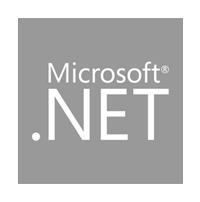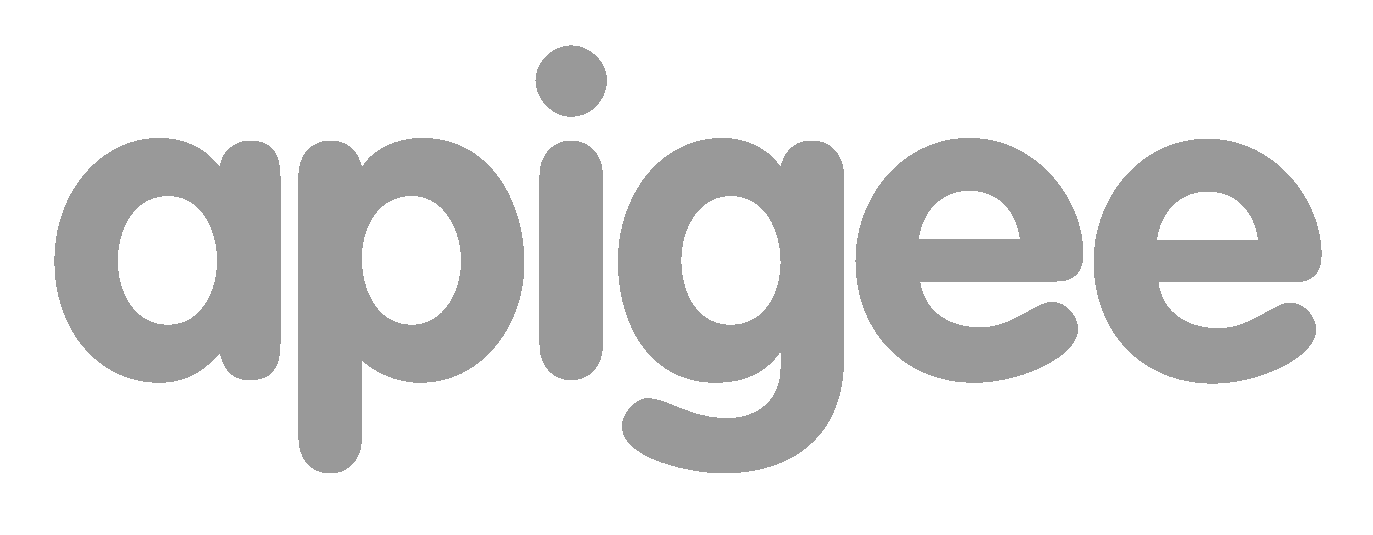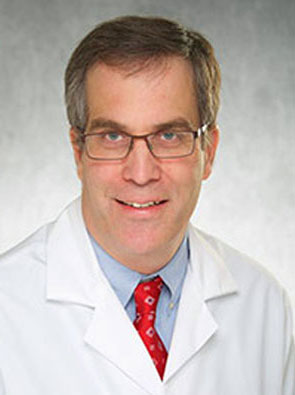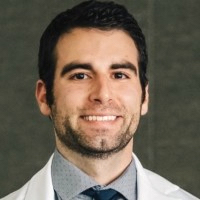Increase efficiency with UNet APIs
Technology for transplants
Powering lifesaving decisions
UNetSM is the technology used by organ donation and transplant professionals every day to save lives through transplantation. United Network for Organ Sharing is the non-profit organization that built and continuously improves UNet in partnership with innovative technology tools and partners.
When a doctor determines that a patient needs an organ transplant, they will be listed and begin a journey that will continue for the rest of their life. UNOS’ technology enables many steps along the transplant journey. The visual and timeline below show the journey of two people: the person in need of a transplant and the organ donor. It also reveals the applications and technologies that enable our national system to save lives every day.
A solid foundation
Partnering with industry leaders, UNet is the secure network, matching the right organ with the right patient at the right time. 24/7.
The transplant journey and technology that powers it
![]() Needs transplant
Needs transplant
![]()
Patient listed
![]() Waiting
Waiting
![]() Death declared or imminent
Death declared or imminent
![]() Referred
Referred
![]()
Becomes donor
![]()
Match run
![]()
Offer sent
![]()
Evaluate offer
![]() Recover organ
Recover organ
![]()
Transport
![]()
Transplant
![]()
Post-transplant data
![]() Needs transplant
Needs transplant
![]() Patient listed
Patient listed
![]() Waiting
Waiting
![]() Match run
Match run
![]() Death declared or imminent
Death declared or imminent
![]() Referred
Referred
![]() Becomes donor
Becomes donor
![]() Offer sent
Offer sent
![]() Offer evaluated, accepted
Offer evaluated, accepted
![]() Organ recovered
Organ recovered
![]() Organ transported
Organ transported
![]() Transplant
Transplant
![]() Post-transplant data
Post-transplant data
© 2023 United Network for Organ Sharing. All rights reserved.

Using Waitlist, a transplant program adds candidates to the national waiting list and manages their health data. Waitlist is built with technology tools and partners to ensure security, reliability and speed.
A patient listed
Pat’s doctor determines that they need a new liver. Transplant hospital lists Pat using Waitlist. .

Using DonorNet, an organ procurement organization (OPO) adds health data for an organ donor. DonorNet supports OPO coordinators whose casework requires traveling to different hospitals.
A donor identified
Jamie registered as an organ donor before their death. An OPO enters Jamie’s health data in DonorNet. .

OPOs use DonorNet to perform a match run—matching each unique organ to the best-suited candidates, and sending automated organ offers to transplant surgeons for acceptance or refusal.
Innovative technology to save even more lives
- DonorNet Mobile® — transplant professionals can respond to organ offers from anywhere
- Offer Filters — getting the right organ to the right patient faster
- Predictive analytics — tool that answers “When will my patient get another organ offer?”
- SimUNetSM — researchers test improvements and analyze behavior
Match run
Jamie’s donor data is used to make a match run—a unique list of potential transplant candidates for each organ.
Offer sent and evaluated
Pat’s transplant surgeon receives offer for Jamie’s liver. Using UNet Image Sharing, they review images of donor liver in order to make best decision for Pat.

To ensure organs are matched correctly and efficiently with the recipient, OPOs use TransNet for organ packaging and labeling.
Organ transported
When the donated liver has been recovered, the OPO uses TransNet to automate organ packaging and labeling.
100% increase
Over the last 25 years, we have doubled the number of organ transplants performed in the U.S.
More than 46,000 organ transplants in 2023 with record numbers of kidney, liver, heart and lung transplants
Transplanted
While UNOS technology does not directly touch the organ transplant, this is what motivates our work—to equitably increase transplants.

Data collection for donor, candidate and recipient-specific records creating robust understanding of organ donation and transplantation.
Using this collected data, UNOS provides a suite of data and research analytic services to its members to help them make decisions, meet regulatory requirements, and implement successful quality assurance and performance improvement initiatives.
Post-transplant data
Using TIEDI, Pat’s transplant team will monitor and submit their patient’s health data, enabling UNOS data scientists and transplant professionals to continuously improve the system.
Proudly built with













Collaboration
UNOS partners with the community and with innovative technology companies to continuously improve the proprietary, secure, online-based systems involved in placing donated organs efficiently. These partnerships also support the collection of essential data that help improve the national system and increase the number of transplants.
UNOS works collaboratively with the community and technology innovators to increase system performance. And as a data-driven organization UNOS researchers test and innovate to increase efficiencies—enabling all parts of the organ donation and transplant community to thrive and to save even more lives.


